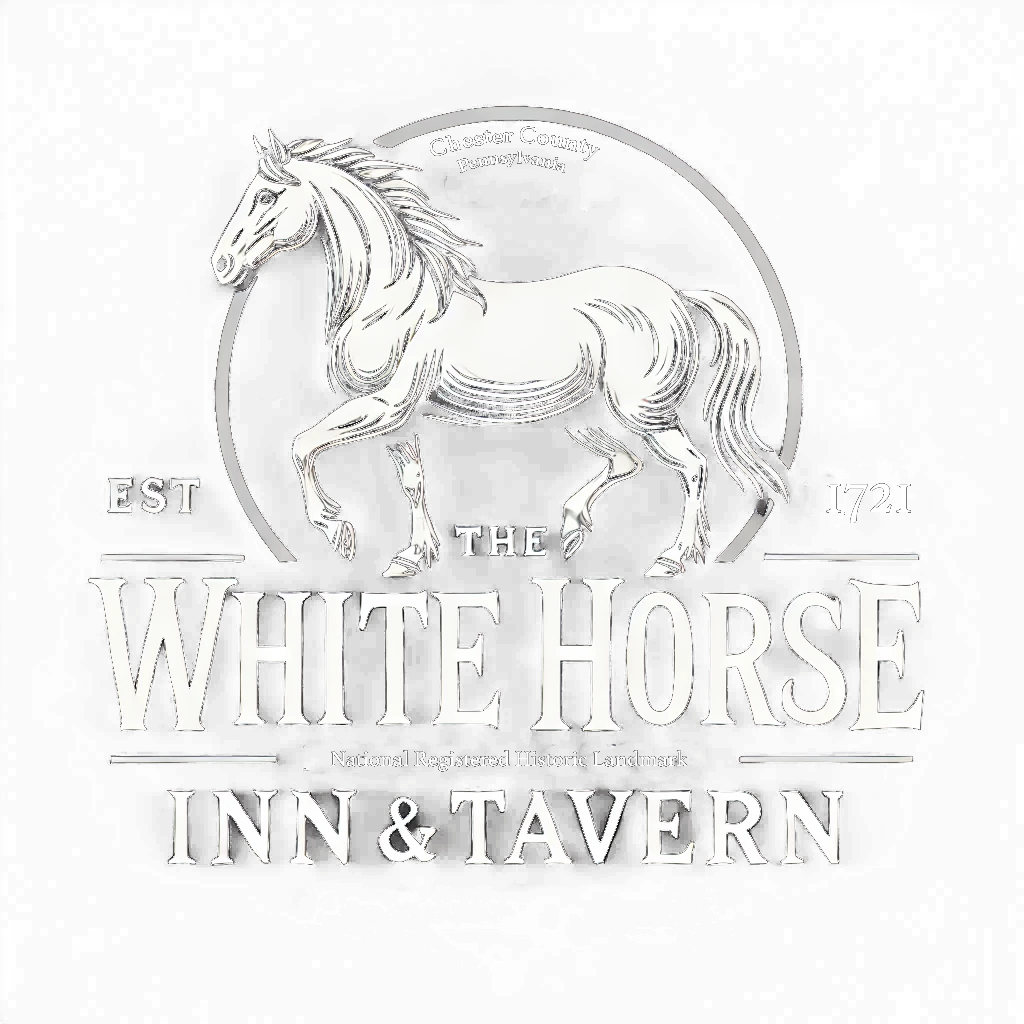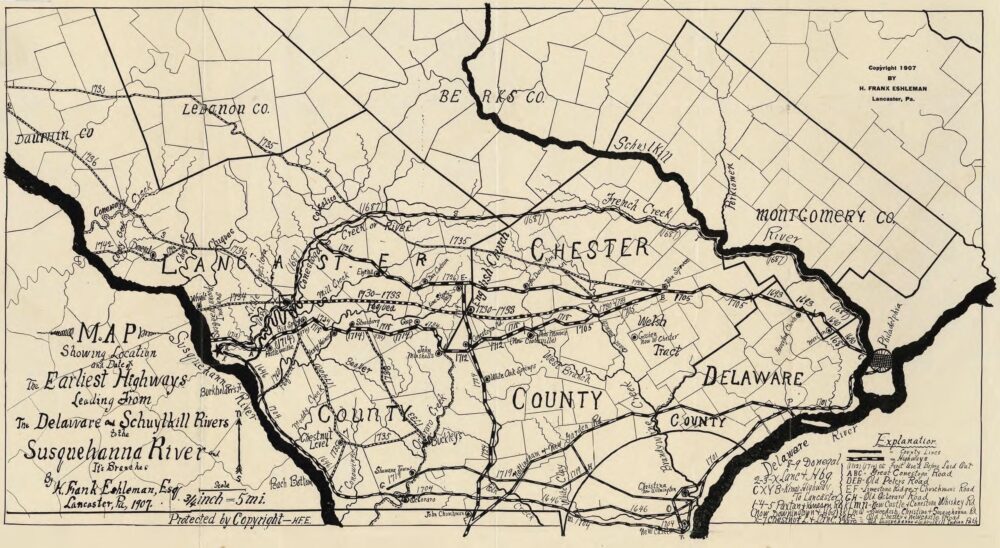Let’s take a journey back in time to explore the fascinating history of Whiteland Township, its early roads, and the iconic White Horse Tavern. The story of Whiteland Township is one of vision, hard work, and community spirit, exemplified by the efforts of one man in particular, James Thomas. From its inception, Whiteland Township’s story is intertwined with the arrival of the first Welsh settlers in the Great Valley around 1621. These early pioneers were seeking new opportunities, but as the Welsh Track experiment eventually faltered, the land found new owners at the turn of the century.
On January 19th, 1703/4, James and Nathan Thomas, through their attorney David Loyd, delivered a deed to David Jones for 250 acres in what is now known as “Whiteland.” This transaction indicates that James Thomas was a landowner even before the township’s official formation in 1704. His ownership and involvement in the community would prove instrumental in the years to come.
By 1705, the first highways contributing to the success of the White Horse Tavern were established. These roads were vital for travel and commerce, helping the community thrive. In 1706, James Thomas was appointed to the “Whiteland Supervisors of the Highway,” a role that suggests he was already a prominent and trusted resident of this burgeoning township. His commitment to the community didn’t stop there. By 1708, he was named constable for Whiteland for the first time, a position he held with honor and dedication.
James Thomas continued to serve Whiteland Township and its residents in various capacities until 1721. His legacy is a testament to the hard work and dedication of those early settlers who laid the foundation for the vibrant community we know today.

